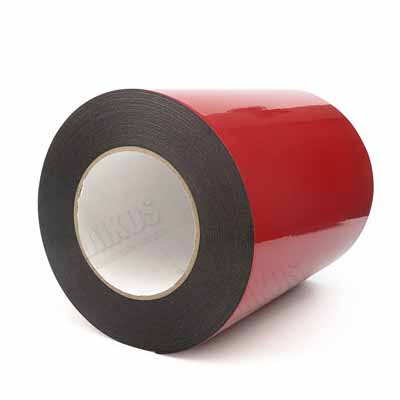Thermal tape is one of the many thermal interface materials available to help prevent and control the build-up of heat. It comes in a variety of forms and can be used for a wide range of projects, such as connecting LED lighting and electronic devices.
Its main purpose is to affix and evenly cool critical components, like heat sinks so that they can function properly and safely. It firmly affixes without mechanical aids, and it functions as an electrical insulator while also conducting and dissipating heat.
For these reasons, thermal tape is a good option for mounting ICs to heat sinks. It also works as a coupler to hold the chip and heatsink together while filling microscopic gaps that slow heat transfer between the two surfaces.
There are a number of ways to use thermal tape for different applications, including as a replacement for thermal grease or a paste. It can be applied to metal chips, ceramic chips, and silicon chips. It can also be used as a bonding agent in some applications, such as LED lights and LED troffers.
The adhesive is formulated to be compatible with both aluminum and copper, making it a great choice for heat sinks. It also has a sturdier texture than other tape options, so it is more resilient to abrasion and impact.
It can withstand heat up to 1100F, which is ideal for insulating products and structures that require protection against excessive heat. It can also be used in hot-process piping, where transported substances need to maintain certain temperatures during conversion phases.
This type of thermal tape is also a viable alternative to thermal grease for some applications, such as mounting LED lights on heat sinks. The bond between the heat sink and LED light is stronger and more secure than the bond between the LED and a metal fastener, thereby reducing heat conduction to the LED and improving its lifespan.
When installing a heat sink on a CPU, it is important to select a thermal paste that can withstand high temperatures. It isn't a good idea to use pastes with metals in them, as these can short out the CPU's chip and cause a failure or even a meltdown of the chip's core.




